The Unseen Truth Behind Lisbon's Litter Problem
Every Lisbon resident has faced the same sight: garbage bags abandoned near recycling bins, waste piled up on street corners, or household debris dumped at the base of trees—often in the same spots for years. The outrage is justified, but it's frequently dismissed as mere 'perception.' Many local politicians (from parish councils and the City Council) rush to downplay criticisms as 'exaggerated,' 'politicized,' or 'isolated incidents.' Arguments devolve into a sterile clash of opinions while the city deteriorates further, trash piling up day by day.
But what if there was a way to objectively measure the state of urban hygiene in Lisbon? What if perceptions could be turned into metrics and sensations into evidence? That's the goal of an independent study published in late 2024, organized by me and some friends, titled 'Sacks of Garbage in the Street: A History of Lisbon.' The study uses an unusual but solid source to measure the presence of poorly contained waste around the city's recycling bins: Google Street View images. Ideally, this data should be available on the Lisbon City Council's Open Data platform, but in its absence, we proceeded with what was possible: Google Maps.
How the Study Was Conducted
The methodology is both simple and ingenious (modesty aside). Using the (incomplete but functional) database from the Lisbon City Council, 655 active surface recycling points and islands in the city were identified. Then, using Google Street View's history, the presence or absence of visible waste near these containers was recorded year by year, whenever Google's car passed by.
- Each image with visible garbage received a value of '1.'
- Each clean image received '0.'
- If Google's car didn't pass, the record was null.
In total, 2,220 observations (datapoints) were analyzed between 2009 and 2024. This was a patient and rigorous effort, often done late at night during bouts of insomnia by me and several citizens (especially in the data analysis part), work that the City Council, with all its resources, has never bothered to conduct or publish (as far as we know).
What the Data Shows
The analysis reveals clear and concerning trends:
- Lisbon is dirtier since 2022: The average of locations with visible waste rose from 0.46 (between 2009 and 2021) to 0.58 (between 2022 and 2024). This is a 26% worsening since the start of Carlos Moedas' term, with 61.9% of observations in this period registering problems.
- The worst years were 2020, 2022, and 2024: Although 2013 still holds the absolute worst record (214 points with garbage), 2024 is dangerously close with 148 cases—despite the installation of 19 new recycling bins that year (discovered via Google Street View history).
- Expansion of recycling points is slowing down: In recent years, Lisbon has been installing fewer selective collection points: only 1 in 2023, compared to 17 in 2019 and 31 in 2014. This stagnation may be worsening the problem by concentrating waste in already overloaded locations.
Where Things Are Getting Worse and Better
Analysis by parish, though limited, identifies critical zones:
Parishes with the most degradation since 2022:
- Penha de França (+53.3)
- Lumiar (+40.8)
- São Domingos de Benfica (+33.1)
- Marvila (+28.4)
- Campo de Ourique (+21.1)
Parishes with significant improvements:
- Carnide (-440.0)
- Olivais (-364.6)
- Campolide (-40.7)
- Benfica (-12.1)
These data should be interpreted with caution, as some gains are related to the installation of new recycling bins that, being new, haven't yet accumulated a history of visible waste.
What Explains This Degradation?
The study proposes three main hypotheses:
- Increased pressure on the system: Lisbon now hosts more inhabitants, more tourists, and more short-term traffic (like digital nomads and local accommodation). Waste production has increased, but collection systems haven't kept pace.
- Failures in municipal and parish management: Responsibility for collecting waste outside containers falls to the Parish Councils. However, many operate with limited means, unable to keep up with the pace. On the other hand, enforcement is almost non-existent: recurring waste points have been ignored for years.
- Lack of transparency and public data: Despite the existence of the CML's 'Lisboa Aberta' platform, essential data remains unavailable, such as the number of collections per point, tons collected, records of full containers, occurrences by location, or number of operational staff per shift. Without this data, there is no scrutiny, no quality public policies, and without that duo, there are no solutions.
What Solutions Exist?
The study concludes with concrete and realistic proposals. Some deserve highlight:
- Expand the network of recycling bins: Especially in areas with growing demographic pressure and multiplied local commerce (e.g., Arroios and Santa Maria Maior).
- Separate bio-waste: and invest in composting and biogas.
- Revise the door-to-door collection system: creating alternatives for those who can't access the containers.
- Effectively punish: those who improperly dump waste, including merchants, landlords, and residents.
- Recover the deposit system: especially for glass, whose recycling rate in Portugal is shamefully low (less than 50%).
- Create a national waste management system: with open data, digitalization, and gamification to involve citizens, and the capacity to cross and compare data between different municipalities (benchmarking).
The Bigger Picture: Garbage Bags Aren't Just Trash
The presence of garbage bags on the street isn't just an aesthetic problem. It's a sign of disorganization, institutional neglect, and a lack of respect for the city and its inhabitants. It's also a metaphor for how urban politics is done in Portugal: without data, without transparency, and without accountability.
The study 'Sacks of Garbage in the Street' shows that it's possible to measure what many say is 'impossible.' It shows that citizen participation can fill the gaps left by public administration. And it shows, above all, that the degradation of urban hygiene in Lisbon is real, measurable, and correctable.
But for that, it's necessary to set aside defensive discourses and easy excuses. It's necessary to face the data, recognize the errors, and change course. Because a city that doesn't take care of its waste will hardly take care of those who live in it.
Sources:
- Sacks of Garbage in the Street: A History of Lisbon (2009-2024) https://movimentodemocratizacaopartidos.org/2024/12/01/sacos-de-lixo-na-rua-uma-historia-de-lisboa-2009-2024/
- Google Spreadsheet with analyzed data https://docs.google.com/spreadsheets/d/1dJVjP6kRmBHr7Lc98-9-Wt_LKmo8kgszOINL-gJoluQ/edit?usp=sharing
- Lisbon City Council's Open Data Platform https://lisboaaberta.cm-lisboa.pt/index.php/pt/dados/catalogo-de-dados-abertos



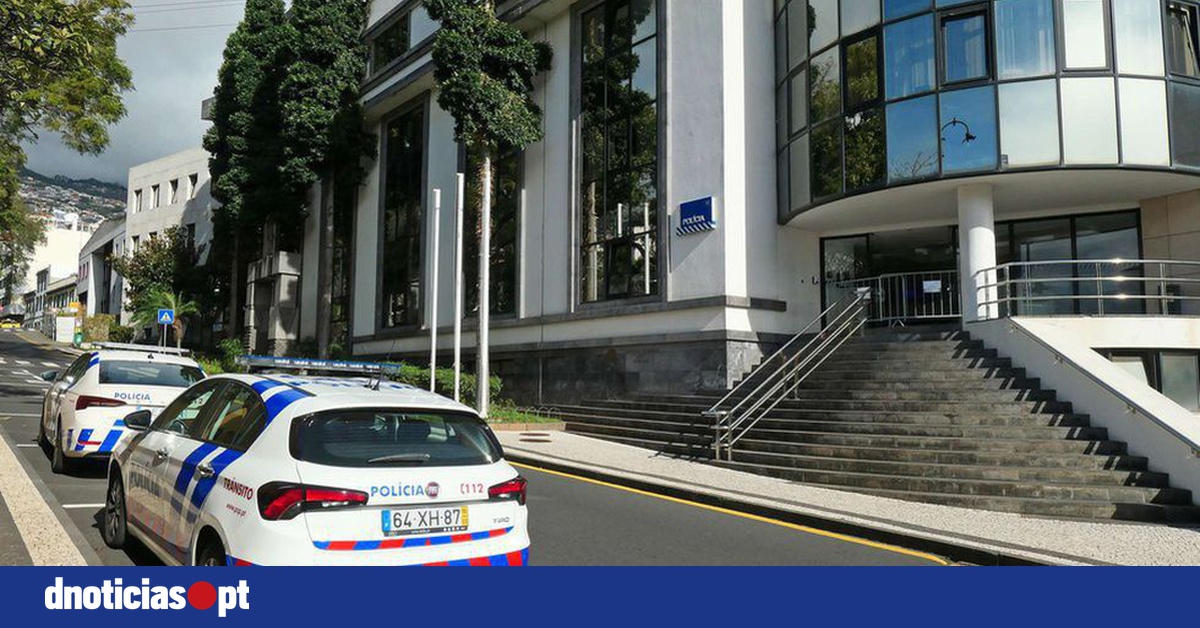
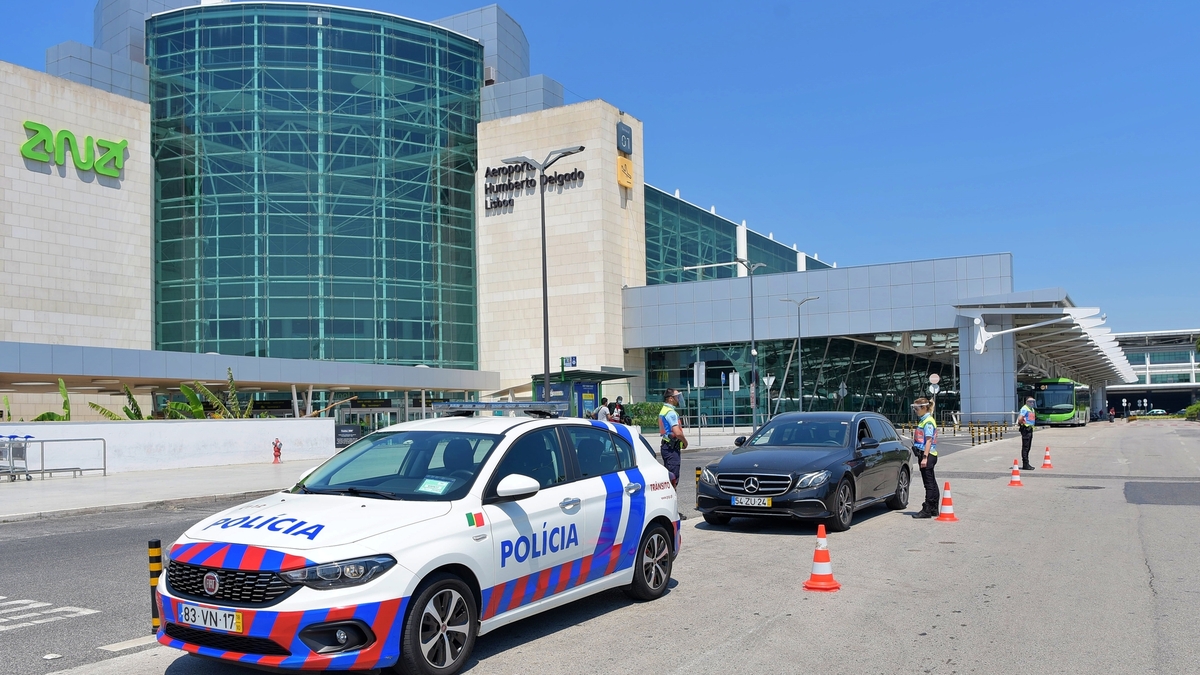







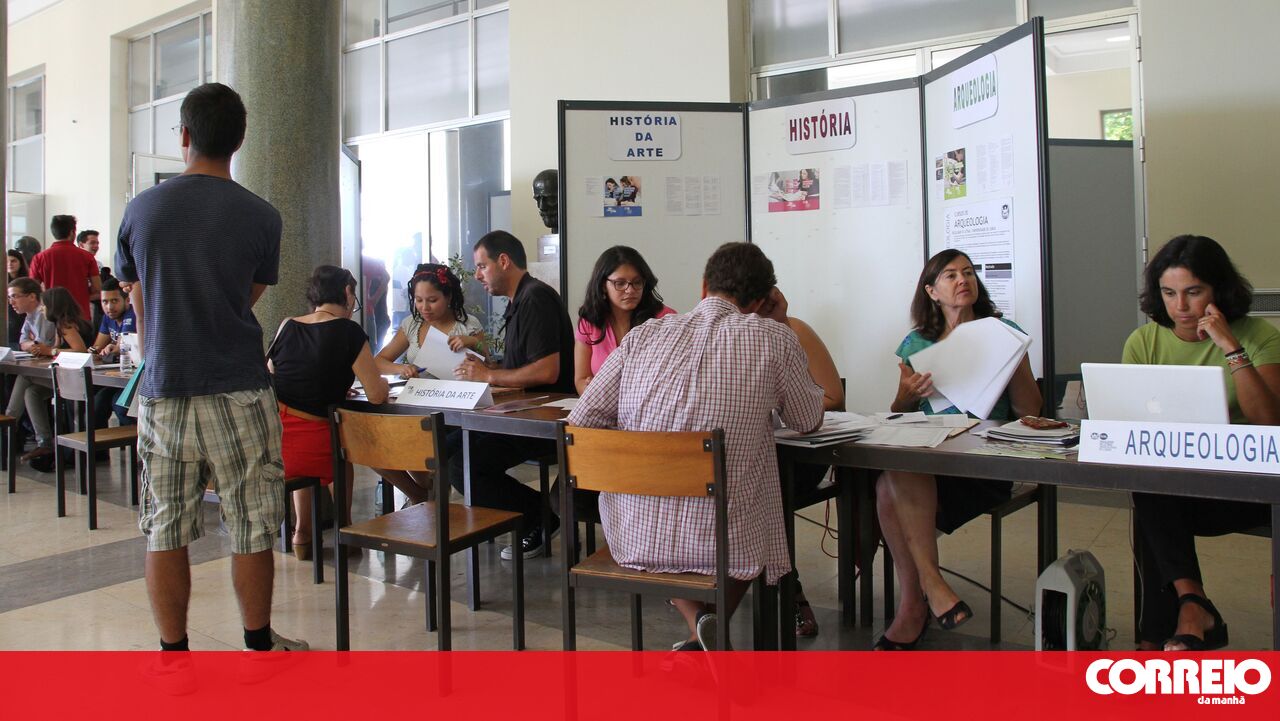
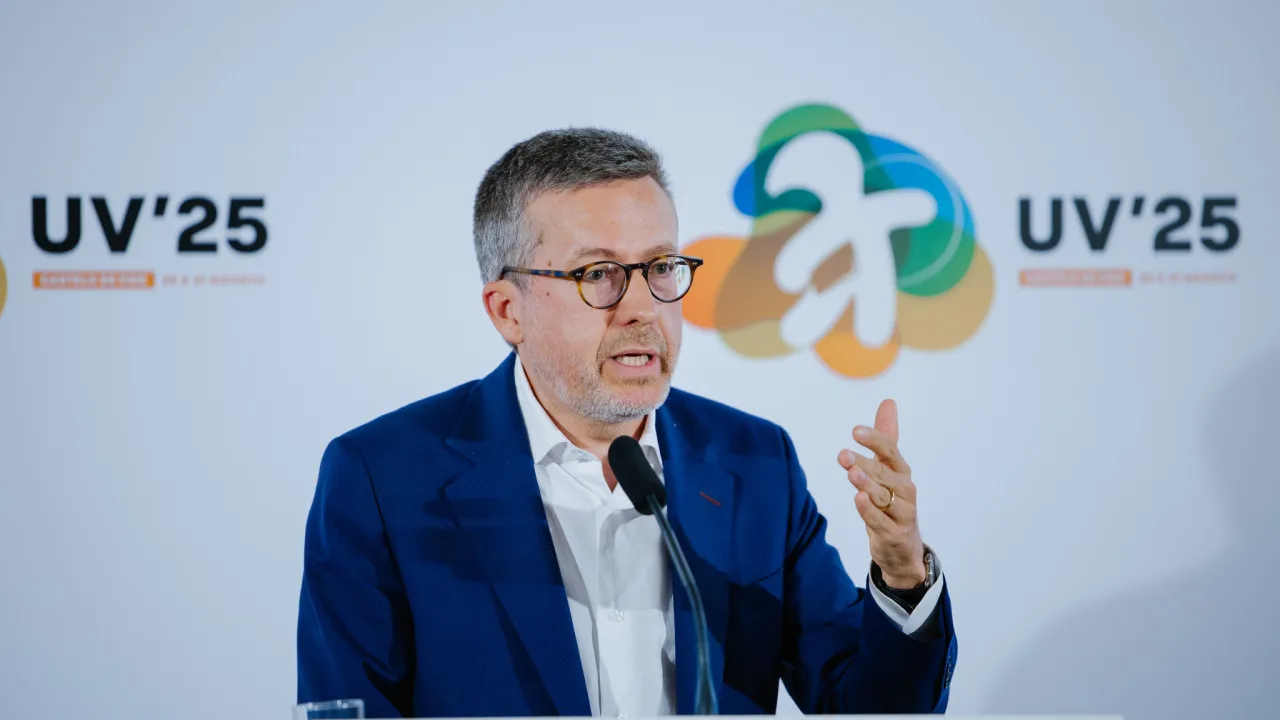






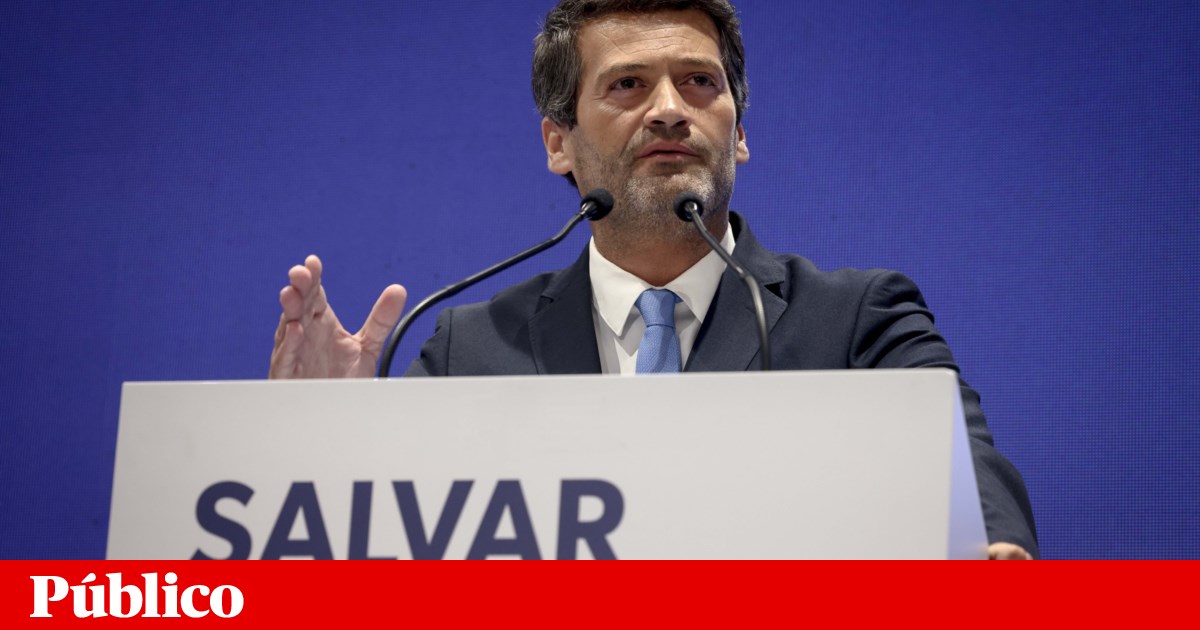

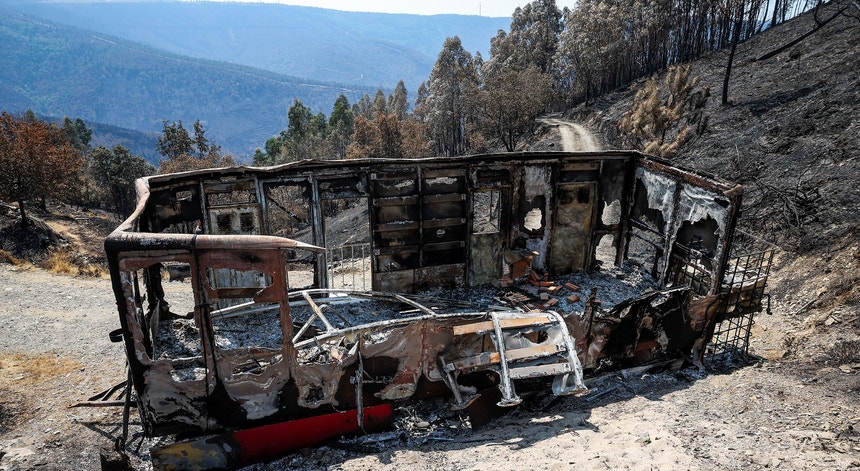


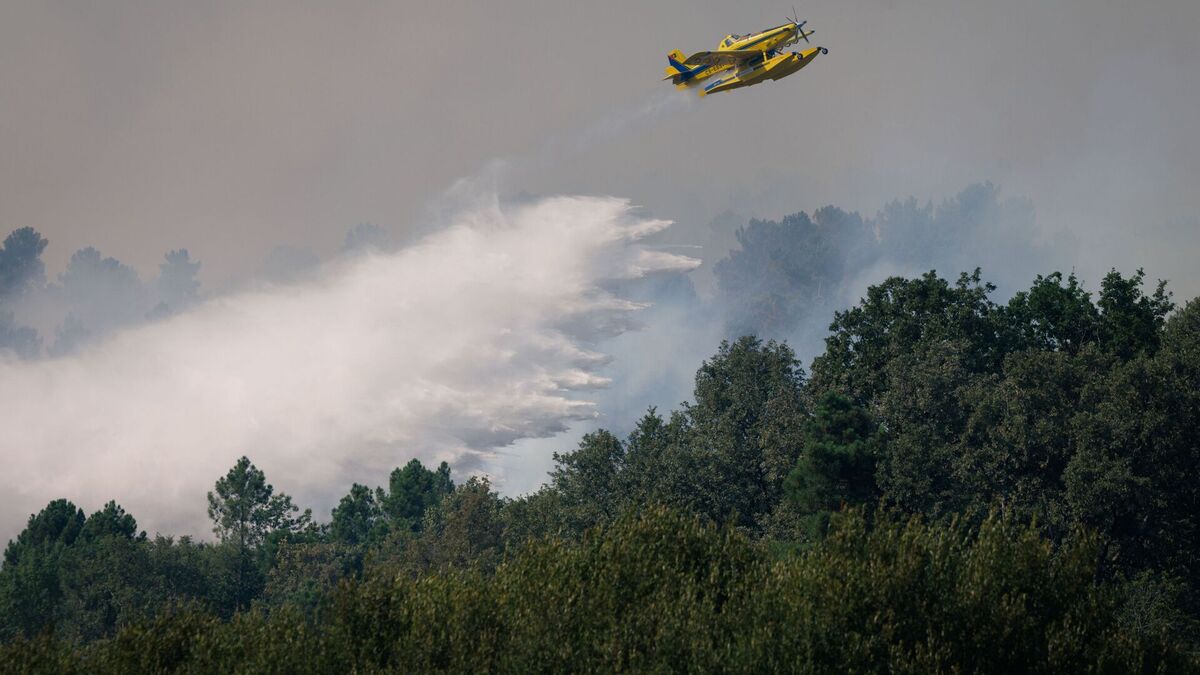

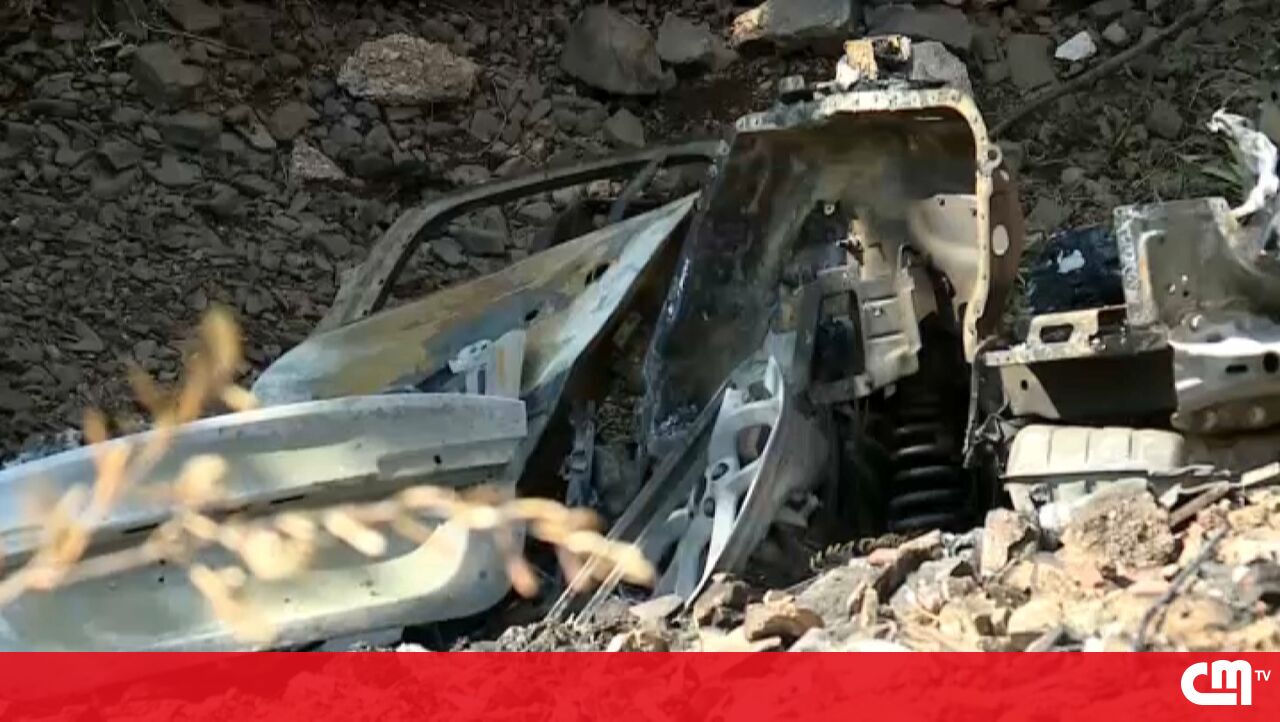
Comments
Join Our Community
Sign up to share your thoughts, engage with others, and become part of our growing community.
No comments yet
Be the first to share your thoughts and start the conversation!